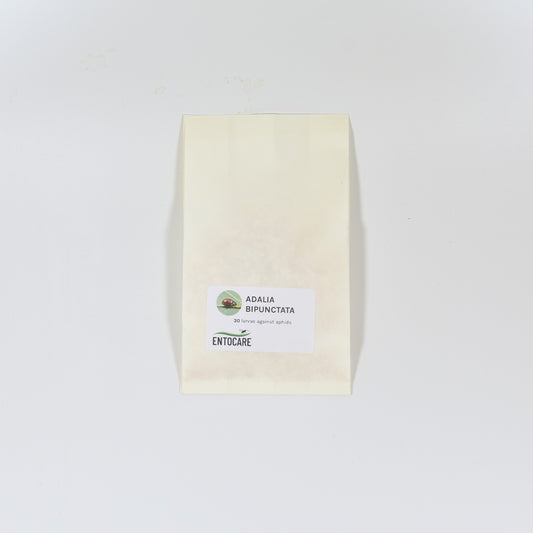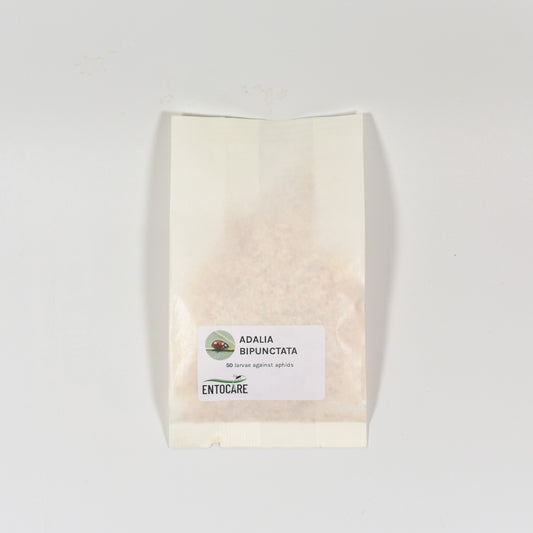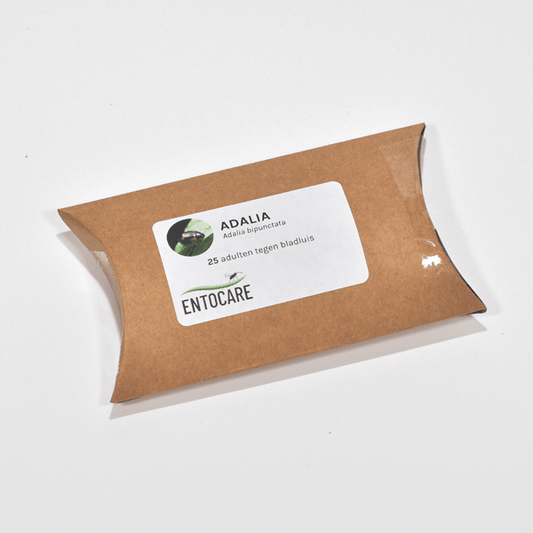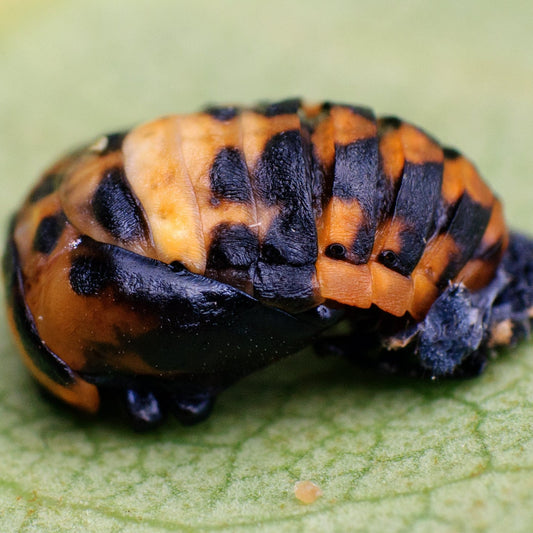
How to recognize maple aphids
Several aphid species that are hard to distinguish from each other can be found on maple trees . Most important species are Drepanosiphum acerinum, Drepanosiphum platanoidis (common sycamore aphid), Periphyllus acericola and Periphyllus testudinacaus. Every maple aphid species has its own preferred maple species. Maple aphid adults are black or brown while nymphs are usually green. The common sycamore aphid is around 3-4 mm in size. Head and thorax are yellow–brown, with dark brown markings. The abdomen is light-green, sometimes with crossbands. The antennae are long and the siphons are long and tubular. Periphyllus is yellow, green or brown coloured and has a long hairy body with very short siphons.
Maple aphids overwinter as eggs, but these are very difficult to find, because they are deposited under buds or bark. Like lime aphids, nymphs develop in to fundatrices. These fundatrices reproduce parthenogenetically giving birth to young nymphs that mature in June/July to late individuals. Some maple aphids have a summer diapause.
Maple aphid damage and distribution
Aphids are usually found on the underside of the leaves. During the summer they aggregate together and become inactive. From August onwards they become active again, producing honeydew which can cause nuisance. Trees suffer most from the black sooty mold fungus that grows on honeydew, which hampers photosynthesis.
Products against Maple aphid
-
ADALIA larvae - 30
Vendor:Entocare eigen kweekRegular price €10,60 EURRegular priceUnit price / per -
ADALIA larvae - 50
Vendor:Entocare eigen kweekRegular price €20,00 EURRegular priceUnit price / per€20,00 EURSale price €20,00 EUR -
ADALIA ladybirds - 25
Vendor:Entocare eigen kweekRegular price €27,50 EURRegular priceUnit price / per€27,50 EURSale price €27,50 EUR -
ADALIA larvae - 100
-
ADALIA larvae - 250
-
ADALIA ladybirds - 100
-
ADALIA pupae - 25
-
Maple aphid life cycle
hibernates as egg on branches
winged fundatrices hatch in spring
fundatrices lay eggs, parthenogenetic reproducten
early in summer colonies of inactive nymphs
nymphs mold and become active after 2-3 months
after several summer generations, males hatch
females lay winter eggs after mating -
Maple aphid host plants
exclusive to maple (Acer)
-
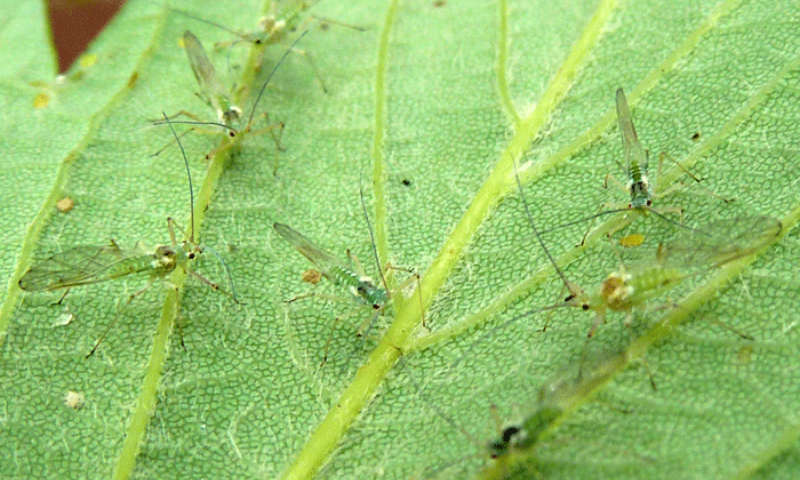
Winged maple aphids
-
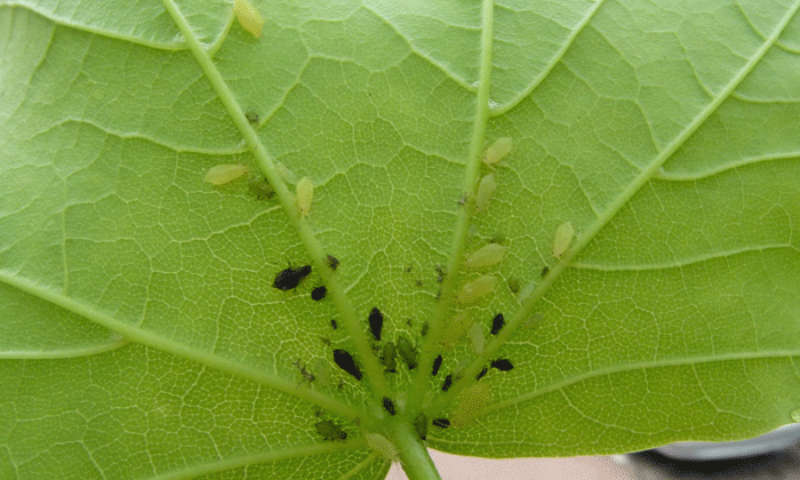
Maple aphid

